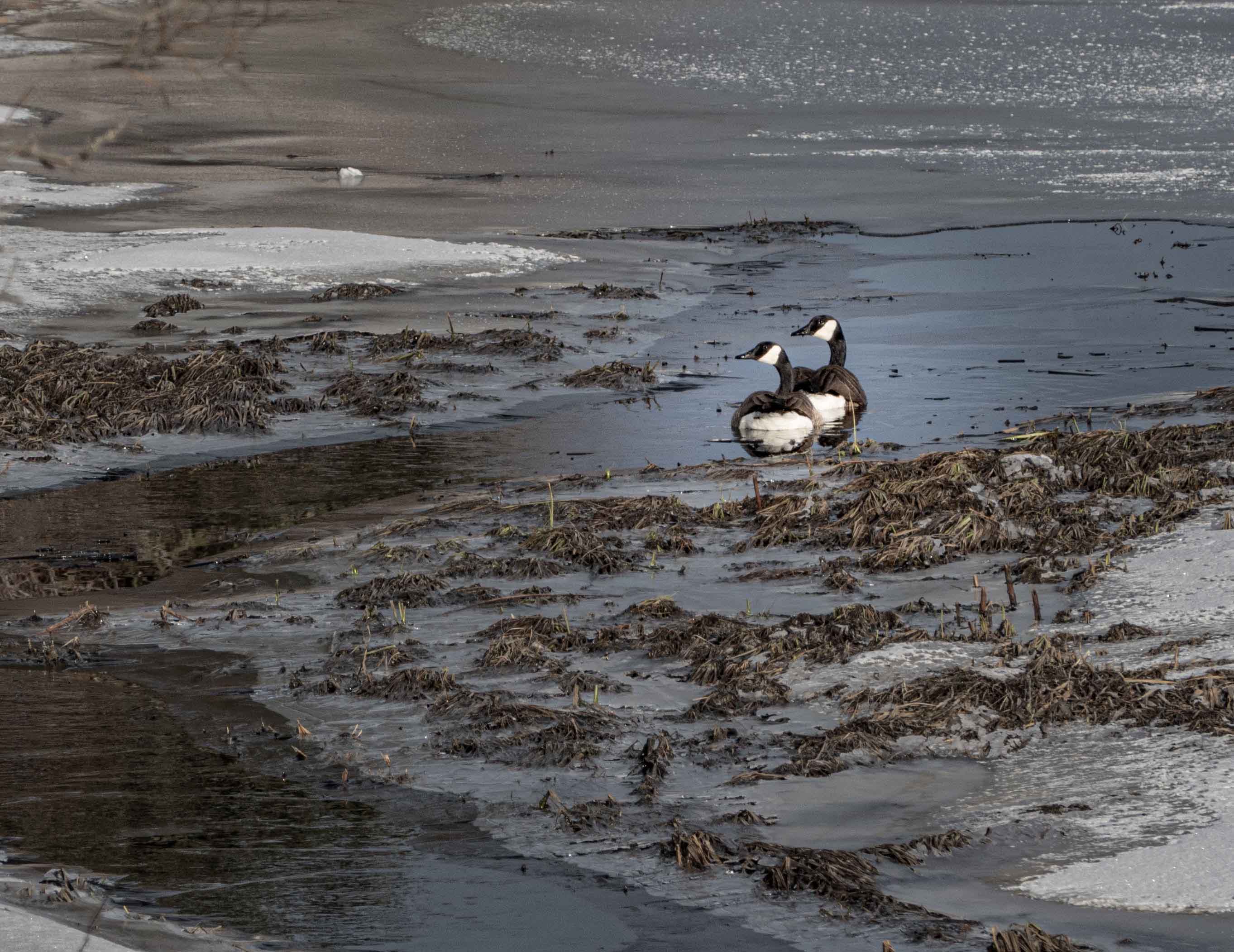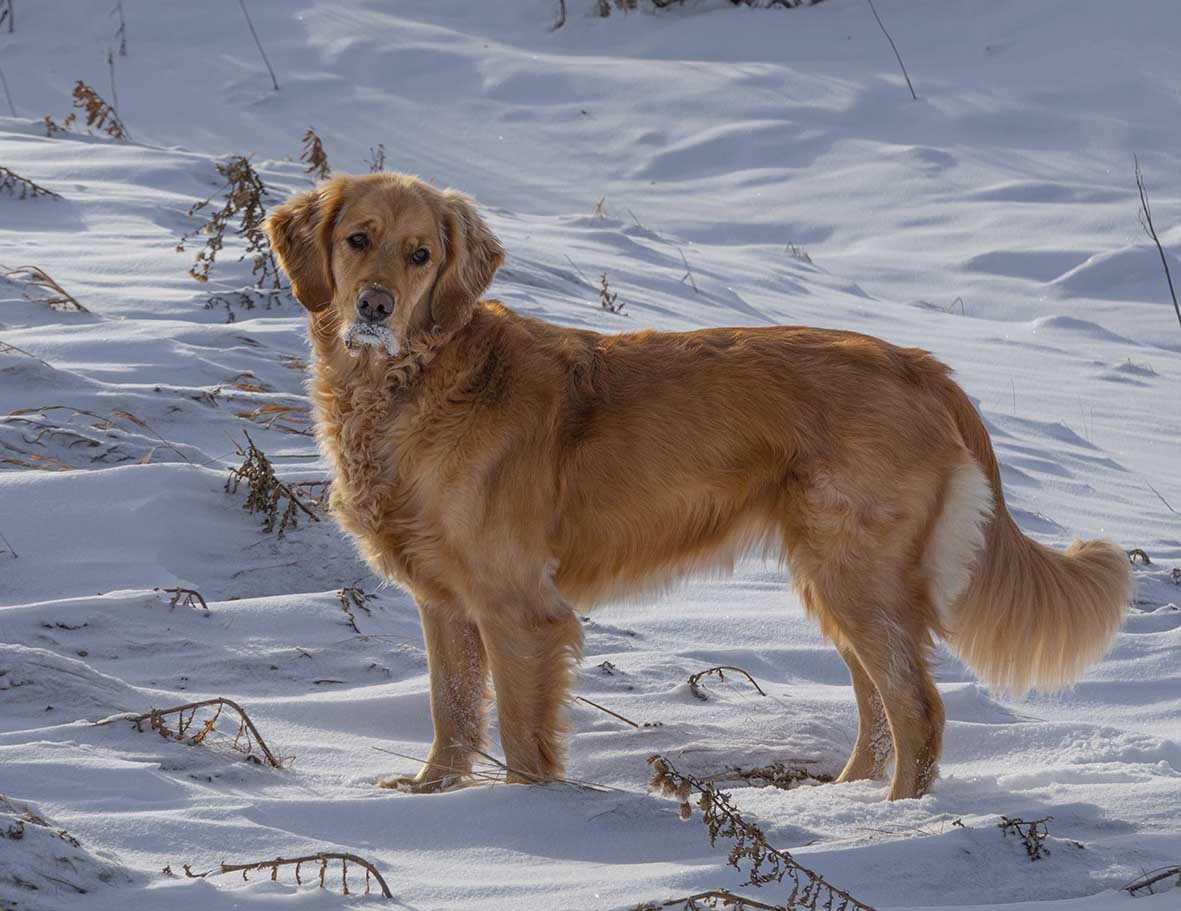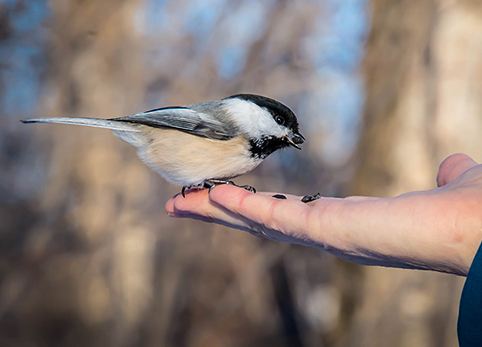Blog
Hope in the ice

It’s almost April, Easter weekend, and yet snow and ice are still cold on the ground. It seems not very hopeful some days. We’ve had more snow in March than in much of the winter. And we’ve had storms and challenges that had nothing to do with weather.
My dad, Roger Coon
My father is the one who taught me to draw and to really look at light and patterns. He died last week. I'd like to share his obituary with you.
Here's his obituary:
Roger Coon, 94, entered Jesus' presence on March 15, 2024, from his home at the Africa Inland Mission Retirement Center in Minneola, Florida. Born July 20, 1929, Roger was the first in his family to go on to higher education, studying theology at Wheaton College. He and his first wife, Joyce, married in 1951. They served for three years at a rural church in McLane, Pennsylvania, where his two daughters Karen and Tami were born.
Thankfulness and loss
I wrote this yesterday on US Thanksgiving Day. Our Canadian day was in October. Either way, thanksgiving comes in the fall. It's a rich harvest time, but is on the cusp of winter. Here in Alberta, all of nature is downsizing and heading into challenging times. The pasture where I walk our dog gets simpler with the loss of summer birds and leaves. The texture of grass, rocks and flowers is lost under the abstract of windblown snow. For songbirds the time of songs, babies and bugs is over, no more home territory, just a long hard trip to a new place.

Everyday beauty
It’s been a stressful week. I’ve got a cold and the deadline for a trip to Kenya is coming. The original text of the hymn, “For the Beauty of the Earth,” written in 1864, includes these verses that have been so healing.
For the beauty of the earth, For the beauty of the skies, For the Love which from our birth over and around us lies: Christ, our God, to Thee we raise this our Sacrifice of Praise. For the joy of ear and eye, For the heart and brain's delight, For the mystic harmony Linking sense to sound and sight: Christ, our God, to Thee we raise This our Sacrifice of Praise.
It’s easy to be focused on immediate complexities. We live in such a convoluted world, always things to try to figure out. I’ve been reminded that if I look up there is always beauty. Even in small everyday things. Beauty is all around us, an expression of the love that is always over and around us. Yet I often get used to it, and even irritated. Irritated at the dog interrupting and needing to go out. Irritated at snow and cold. I’ve been trying, with patchy success to look.
Stepping out of our own concerns to see the love and beauty around us is, as the hymn writer said, a kind of sacrifice. Looking away from our own concerns toward our creator gives such joy!This traditional Navaho blessing resonates with me. "With beauty below may you walk. With beauty above may you walk. With beauty all around may you walk. In old age wandering on a trail of beauty, lively, may you walk."
These photos were taken this week. Enjoy! Wishing you joy in the beauty around you.


Seeing in the fog
We had icy fog last week. Phil has taught meteorology. He explained that cold air can’t hold as much water as warmer air so when the temperature drops moisture comes out of the air as fog. The ground takes a bit longer to cool than the air, so warmer air from close to the ground is always encountering cooler air and making fog. The supercooled fog droplets freeze on everything they touch. Beautiful hoarfrost decorations appear on every blade of grass and twig. Walking the dog on a windless foggy morning was like being in a hushed and isolated bubble. I had to keep my focus nearby. It’s interesting that quite often I saw glimpses of blue sky above. Walking the dog before bed, I saw the north star and parts of the big dipper though the fog.
I could see up, but not out.
That seems almost an allegory. We can only see the nearby things in our own lives. The future is uncertain, obscured, rather foggy. However, we can see up, to the north star of God’s certain love.
Here's a link to an image on our artwebsite that I took on a foggy walk. It's the one in the thumbnail below. There are some other art photos of fog and hoarfrost photos that Phil and I have taken. https://fineartamerica.com/featured/winter-woods-03-philip-and-karen-rispin.html. Wishing you certain hope on the northstar of God's love in your life.

Cold morning walks
Many winter mornings, I wouldn’t go out on a walk if it wasn’t for Gracie, our golden retriever. Some days it’s so cold that our walks are very short. The cold wind isn’t comfortable, and it makes my nose run. Once I’m out the door forging slowly through snow, there is so much beauty.
I wonder if heading out into a cold winter morning may have some things in common with plunging into cold water. Research indicates repeatedly plunging into cold water for two minutes a day apparently helps build courage. Apparently, it helps with resilience to deal with the times when the cold waves of life leap out and drench us. Perhaps pushing through that first unpleasant plunge into the cold has some of the same value. In the photo below, Gracie is hesitating stepping into a deep drift. She plunged in leaping and then played in big jumps in a circle. This picture is up on our photography website at https://phil-rispin.pixels.com/featured/winter-walk-karen-rispin.htmlhttps
Wishing you beauty in the harder bits of your life.

Some days it seems like we should quit!

It’s winter here. So cold!! It’s been around 20 degrees below zero Fahrenheit for a week (right around -30 C). I took the fence picture on a really cold morning walk. And we have months of this ahead of us. During this cold dark time when we have had plans disrupted over and over, I have found it very easy to lose motivation. Especially if that motivation was aimed at completing a specific task or achieving a goal. Why even try anymore? What’s the use and what hope is there anyway?
Many Brains are Better Than One
Those of us who fly owe a great deal to German aerodynamicists who worked during the 1930s. Ironically the iconic elliptical wing design of the Supermarine Spitfire was influenced by several men. Most notably a young man named Bever ly Shenstone. Shenstone was a Canadian who had been working for Junkers in Germany for a couple of years before being hired on by Supermarine in England. While in Germany Shenstone met a man named Ludwig Prandtl who was the first aero engineer to describe Elliptical Lift Distribution and how it influenced Induced Drag. Other innovations learned in Germany by Shenstone included the use of a thin wing section and flush rivets. It was from this information that the elliptical wing design for the spitfire was born. So, the legendary Spitfire, that came to the world’s attention during the Battle of Britain had some roots in German soil.
ly Shenstone. Shenstone was a Canadian who had been working for Junkers in Germany for a couple of years before being hired on by Supermarine in England. While in Germany Shenstone met a man named Ludwig Prandtl who was the first aero engineer to describe Elliptical Lift Distribution and how it influenced Induced Drag. Other innovations learned in Germany by Shenstone included the use of a thin wing section and flush rivets. It was from this information that the elliptical wing design for the spitfire was born. So, the legendary Spitfire, that came to the world’s attention during the Battle of Britain had some roots in German soil.
Scripture tells us that it takes many minds coming together to help create a successful outcome:
Proverbs 15:22 If you don’t ask for advice, your plans will fail. With many advisors, they will succeed.
In this example a very important piece of machinery, the spitfire, was developed from information collected from several sources. Many of you will be asking where is R.J. Mitchell in all of this? Mr., Mitchell was the man who put together the design team at Supermarine that came up with the Type 300 airframe we now call the Spitfire. While his input on the design of the aircraft was considerable, he did not do it alone. He applied the lesson from Proverbs 15:22
I Get by With a Little Help from My Friends

What Careful Observation Can Do

His studies in the creation of lift were foundational in the design and construction of aircraft. What Lilienthal did made it possible for aircraft like the Boeing 747 to be flying, providing service, less than one hundred years after his death. Anyone who looks at the timeline of development of the airplane must be impressed by the speed with which this has taken place since Lilienthal’s success with gliders. In my mind every time I leave the ground it’s a miracle. I often say “and the miracle happens again” as we ease the aircraft off the ground. All of this reminds me of a verse from the Bible found in Proverbs 25:2 “It is the glory of God to conceal a matter; to search out a matter is the glory of kings.” So, God hid the principles of flight in the smallest birds that are all around us and it took an Otto Lilienthal to seek this out. This makes me wonder how many things we have left to discover about our world.
© 2021 Karen & Phil Rispin | Site Credits